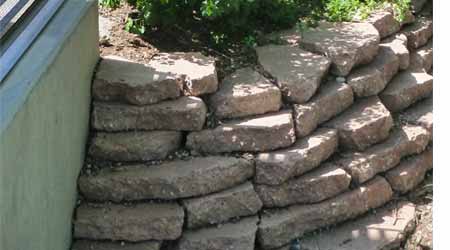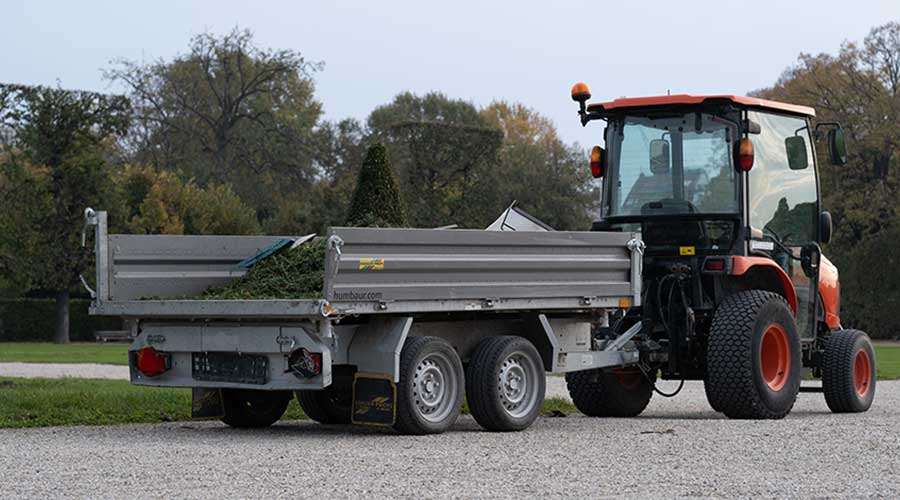4. Increase Sustainability by Addressing Stormwater
Part 4 of a five-part article on sustainable landscapes
Managers also can increase the sustainability of landscapes by paying greater attention to stormwater. They can do this by reducing impervious surfaces, especially asphalt, and by managing and cleansing stormwater runoff on site, rather than sending it downstream to be treated elsewhere. Stormwater carries pollutants, such as carcinogenic petroleum hydrocarbons, when it flows across asphalt parking lots and landscapes that have been treated with fertilizers, herbicides and pesticides. Asphalt is also very dark and, as a result, increases surrounding air temperatures in summer by up to 20 degrees, compared to natural landscapes.
Reducing the amount of hardened pavement that is impervious to water infiltration reduces the amount of runoff. Alternatives include permeable pavements, as well as crushed gravel and decomposed granite that allow some water to flow through to the subsurface.
Managers also should ensure landscape designs provide filtration and storage features, such as bioswales and retention ponds, which allow water to percolate into the ground and recharge the natural water table. These landscape areas can be attractive, allowing rainwater to naturally irrigate plants, but crews need to maintain the filtration features periodically to ensure they remove sediment. Rooftop gardens and green roofs also can reduce stormwater runoff. Municipalities are beginning to require the design of stormwater-quality treatment features on individual sites because of their proven benefits.
Related Topics:
















